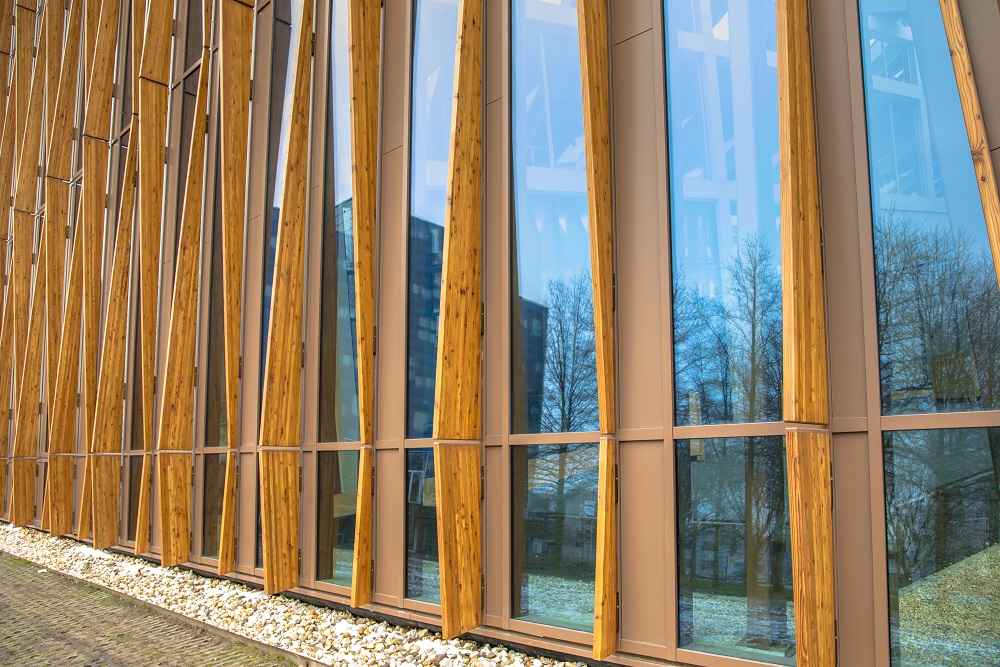Sustainable construction techniques are crucial in addressing the environmental and social impacts of building projects while meeting the needs of current and future generations. In this article, we explore the significance of sustainable construction, its key principles, and innovative techniques that contribute to a more environmentally friendly and socially responsible built environment.
Understanding Sustainable Construction
1. Resource Efficiency
Resource efficiency is a cornerstone of sustainable construction. This principle emphasizes the efficient use of resources such as energy, water, and materials throughout the entire building lifecycle. By optimizing resource use, sustainable construction reduces waste, minimizes environmental impact, and lowers operating costs over the long term.
2. Renewable Energy Integration
Integrating renewable energy sources into building design and construction is essential for reducing carbon emissions and dependence on fossil fuels. Techniques such as solar photovoltaic systems, wind turbines, and geothermal heating contribute to energy independence and resilience, making buildings more sustainable and environmentally friendly.
3. Passive Design Strategies
Passive design strategies harness natural elements such as sunlight, airflow, and thermal mass to optimize indoor comfort and reduce the need for mechanical heating and cooling systems. Techniques such as passive solar design, natural ventilation, and daylighting not only enhance occupant comfort but also lower energy consumption and carbon emissions.
4. Material Selection and Recycling
Choosing sustainable materials and implementing recycling and reuse practices are fundamental to sustainable construction. Sustainable materials include recycled, reclaimed, and renewable materials with low embodied energy and environmental impact. Additionally, designing buildings for disassembly and recycling facilitates the recovery and reuse of materials at the end of their lifespan, promoting a circular economy and reducing waste.
Innovative Sustainable Construction Techniques
1. Green Roofs and Walls
Green roofs and walls utilize vegetation to improve thermal insulation, reduce stormwater runoff, and enhance biodiversity in urban environments. By incorporating vegetation into building design, green roofs and walls mitigate the urban heat island effect, promote habitat restoration, and improve air quality, making cities more livable and sustainable.
2. Prefabrication and Modular Construction
Prefabrication and modular construction methods involve fabricating building components off-site and assembling them on-site, reducing construction time, waste, and environmental impact. Prefabricated building systems can be designed for energy efficiency, durability, and recyclability, offering a more sustainable and cost-effective alternative to traditional construction methods.
3. Zero Energy Buildings
Zero energy buildings (ZEBs) generate as much renewable energy as they consume over the course of a year, resulting in net-zero energy consumption. ZEBs employ a combination of energy-efficient design, renewable energy systems, and energy management strategies to achieve optimal energy performance while maintaining occupant comfort and functionality.
4. Natural Building Materials
Natural building materials such as rammed earth, bamboo, straw bales, and hempcrete offer sustainable alternatives to conventional construction materials. These materials are renewable, biodegradable, and low-impact, providing excellent insulation, thermal mass, and indoor air quality while reducing the environmental footprint of building projects.
Conclusion
Sustainable construction techniques play a vital role in creating buildings and infrastructure that are environmentally responsible, socially equitable, and economically viable. By embracing resource efficiency, renewable energy integration, passive design strategies, and sustainable materials, construction projects can minimize environmental impact, enhance resilience, and promote a more sustainable future. Through innovation, collaboration, and commitment to sustainability, the construction industry can lead the way in building a greener, healthier, and more resilient world for generations to come.


